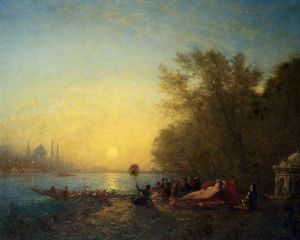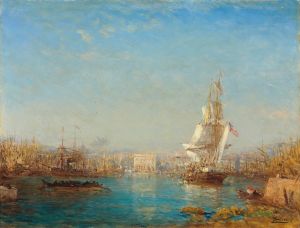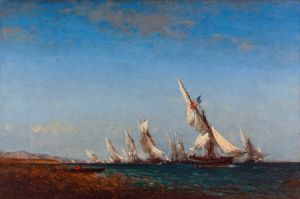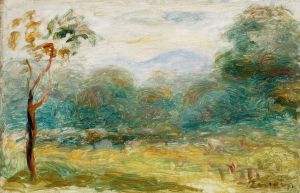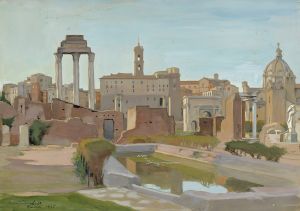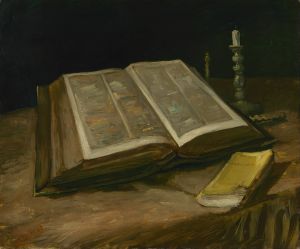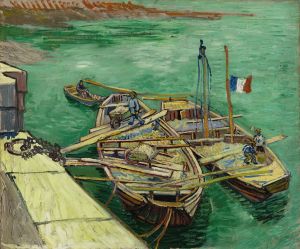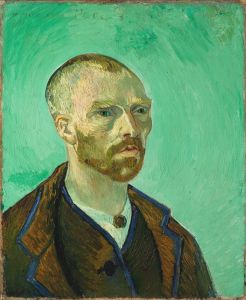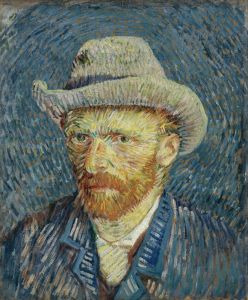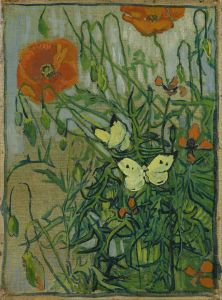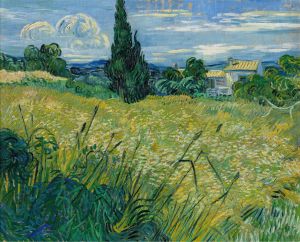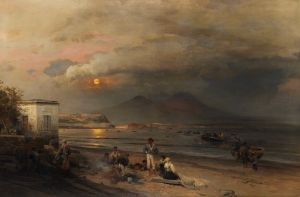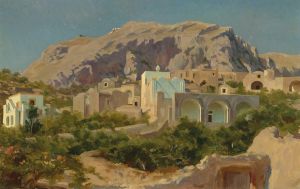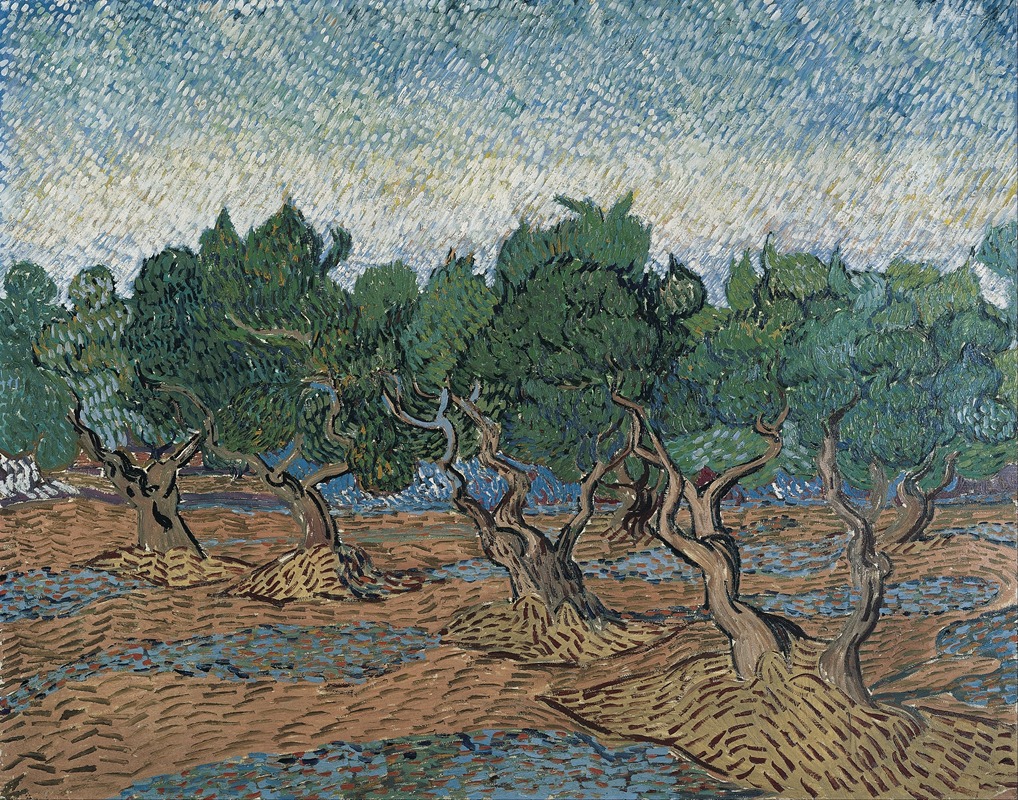
Olive grove
A hand-painted replica of Vincent van Gogh’s masterpiece Olive grove, meticulously crafted by professional artists to capture the true essence of the original. Each piece is created with museum-quality canvas and rare mineral pigments, carefully painted by experienced artists with delicate brushstrokes and rich, layered colors to perfectly recreate the texture of the original artwork. Unlike machine-printed reproductions, this hand-painted version brings the painting to life, infused with the artist’s emotions and skill in every stroke. Whether for personal collection or home decoration, it instantly elevates the artistic atmosphere of any space.
"Olive Grove" is a series of paintings created by the Dutch post-impressionist artist Vincent van Gogh in 1889. These works are part of Van Gogh's exploration of the Provençal landscape during his stay at the asylum of Saint-Paul-de-Mausole in Saint-Rémy-de-Provence, France. The series is notable for its vivid colors, dynamic brushwork, and emotional intensity, reflecting Van Gogh's deep connection to nature and his evolving artistic style.
Van Gogh arrived at the asylum in May 1889, seeking refuge and treatment for his mental health issues. During his time there, he was granted the freedom to paint in the surrounding countryside, which provided him with a rich source of inspiration. The olive groves, with their twisted trunks and shimmering leaves, captivated Van Gogh, and he produced at least 15 paintings on this theme between June and December of that year.
The "Olive Grove" paintings are characterized by their bold use of color and expressive brushstrokes. Van Gogh employed a vibrant palette, using greens, blues, yellows, and ochres to capture the changing light and atmosphere of the landscape. His technique involved thick, swirling brushstrokes that convey a sense of movement and vitality, bringing the olive trees to life on the canvas. This approach is emblematic of Van Gogh's post-impressionist style, which sought to convey emotion and subjective experience rather than simply depicting the natural world realistically.
In these works, Van Gogh was not only interested in the physical appearance of the olive trees but also in their symbolic and spiritual significance. Olive trees have been associated with peace, wisdom, and endurance, themes that resonated with Van Gogh during his time of personal struggle. The paintings reflect his search for solace and meaning in nature, as well as his desire to express the beauty and resilience he perceived in the world around him.
The "Olive Grove" series is also significant for its place within Van Gogh's broader body of work. It represents a period of intense creativity and experimentation, during which he produced some of his most celebrated paintings, including "Starry Night" and "Irises." The olive grove paintings share similarities with these works in their use of color and form, yet they also stand out for their unique focus on the landscape and Van Gogh's deep engagement with his immediate environment.
Today, the "Olive Grove" paintings are held in various collections around the world, including the Van Gogh Museum in Amsterdam and the Museum of Modern Art in New York. They continue to be admired for their emotional depth and artistic innovation, offering insight into Van Gogh's creative process and his enduring legacy as one of the most influential artists of the 19th century.
In summary, Vincent van Gogh's "Olive Grove" series is a testament to his ability to transform the natural landscape into a powerful expression of emotion and spirituality. Through his dynamic brushwork and vibrant colors, Van Gogh captured the essence of the olive trees and the Provençal countryside, creating works that resonate with viewers to this day.





